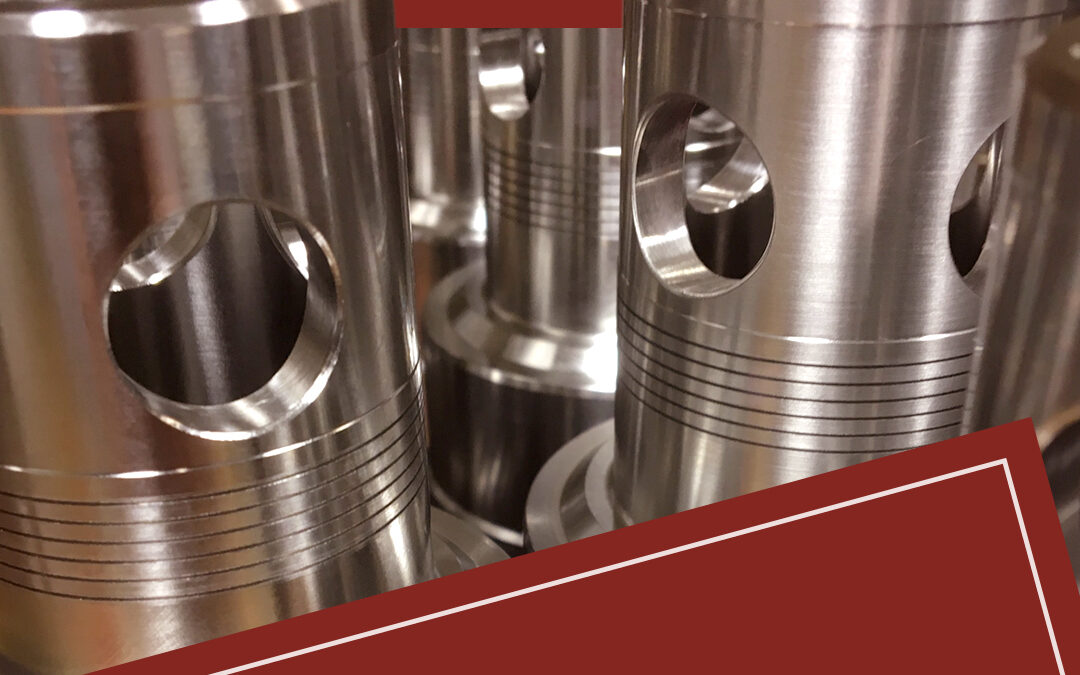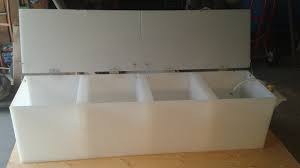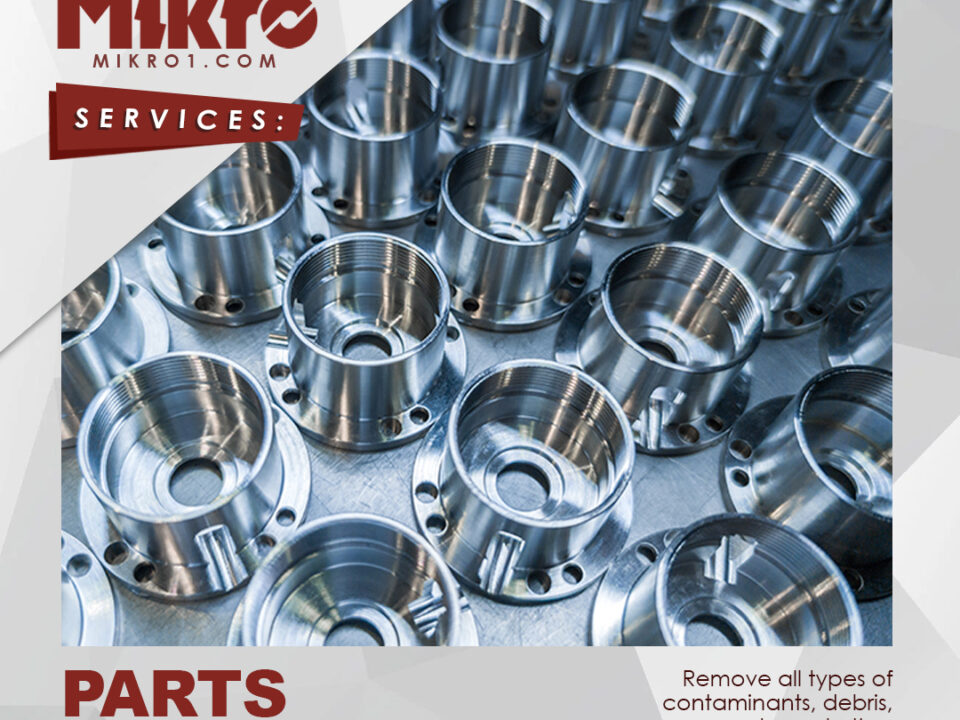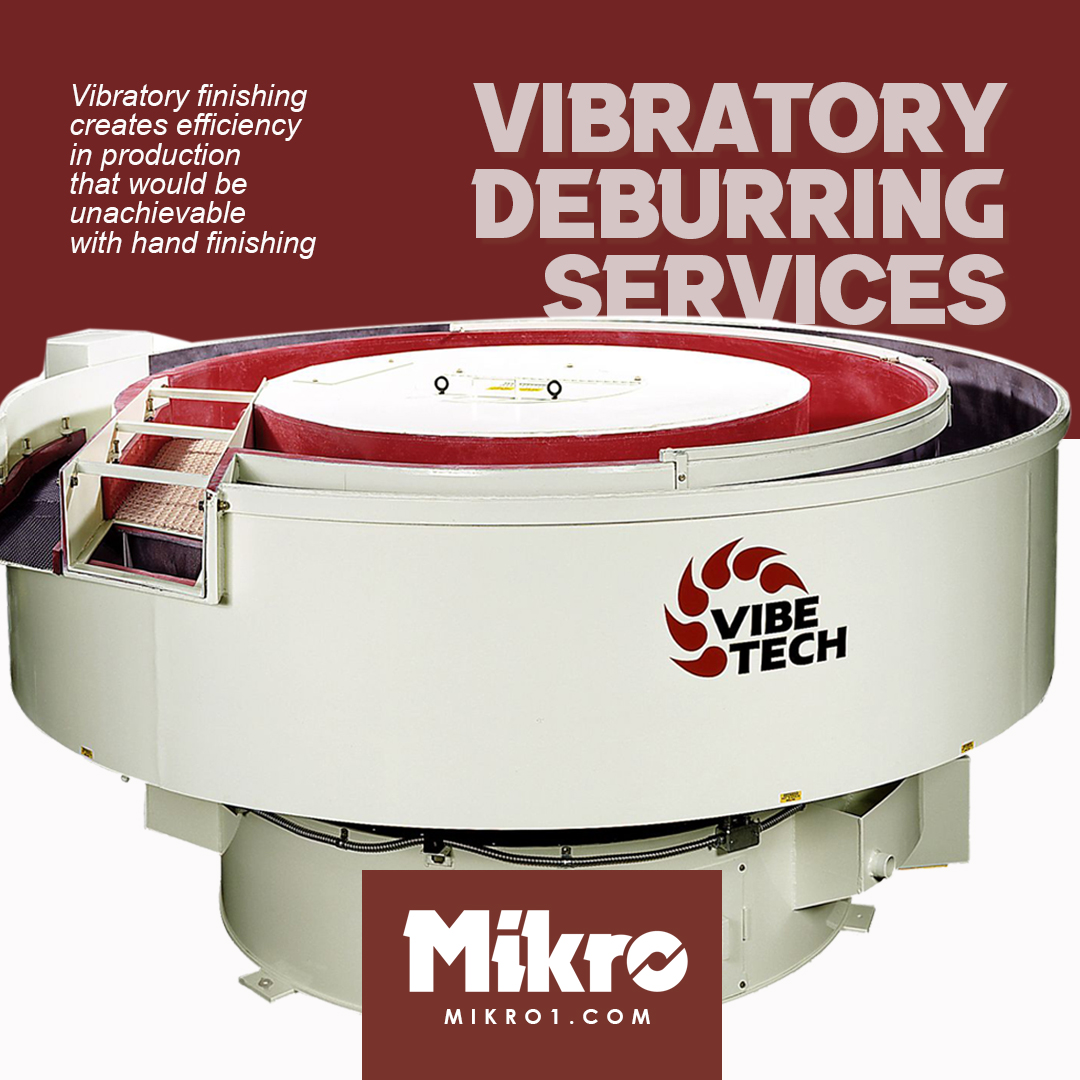
Why Should Your Company Consider Outsourcing It’s Tumbling Needs?
April 11, 2023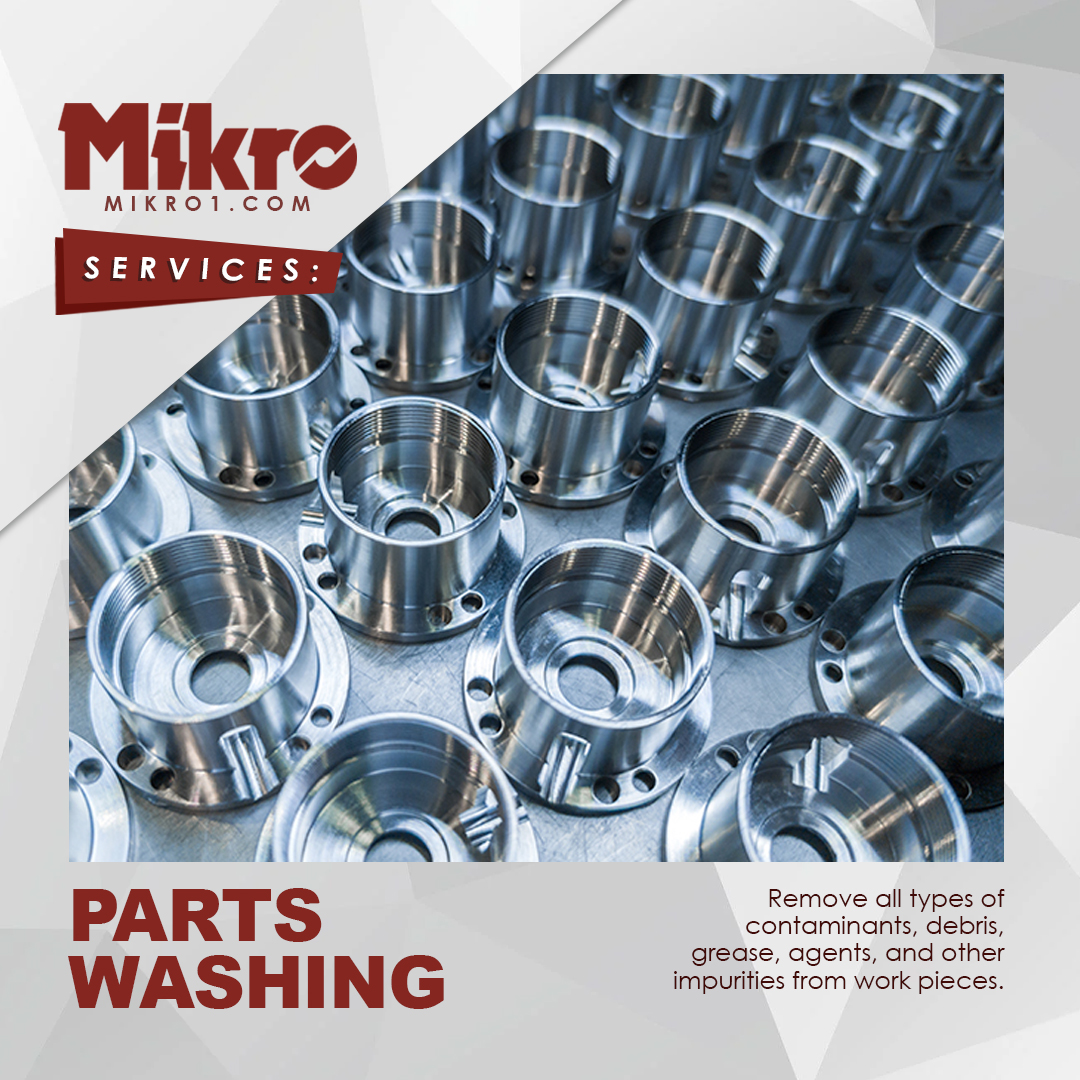
Using an Oil Coalescer with an Aqueous Parts Washer
June 19, 2023Ultrasonics can indeed be used effectively to clean auto parts. Ultrasonic cleaning is a process that utilizes high-frequency sound waves to create tiny bubbles in a liquid cleaning solution. When these bubbles collapse near the surface of the auto parts, they generate a cleaning action known as cavitation, which helps remove dirt, grime, grease, and other contaminants from the surfaces.
Here’s how the process generally works:
- Select an ultrasonic cleaning system: Choose an appropriate ultrasonic cleaning system based on the size and type of auto parts you want to clean. These systems typically consist of a tank filled with a cleaning solution, ultrasonic transducers, and a control panel.
- Prepare the cleaning solution: Fill the tank with a suitable cleaning solution that is compatible with the auto parts and the contaminants you need to remove. Different cleaning solutions are available for specific purposes, such as removing oil, rust, or carbon deposits. Follow the manufacturer’s instructions for preparing the solution.
- Submerge the auto parts: Place the auto parts you want to clean into the tank, ensuring they are fully submerged in the cleaning solution. Avoid overcrowding the tank to allow proper circulation of the solution and effective cleaning.
- Activate the ultrasonic cleaner: Turn on the ultrasonic cleaning system and set the desired cleaning parameters, such as temperature, cleaning time, and ultrasonic frequency. The control panel of the machine will provide options for adjusting these settings based on your requirements.
- Cleaning process: As the ultrasonic cleaner operates, it emits high-frequency sound waves that create millions of tiny bubbles in the cleaning solution. These bubbles implode near the surface of the auto parts, dislodging and removing dirt and contaminants. The process reaches into crevices, blind holes, and other hard-to-reach areas, providing thorough cleaning.
- Rinse and dry the parts: Once the cleaning cycle is complete, remove the auto parts from the tank and rinse them with clean water to remove any residual cleaning solution. Use compressed air or allow the parts to air dry. Additionally, you may consider using a rust inhibitor or applying a protective coating to prevent corrosion.
Ultrasonic cleaning is known for its efficiency and ability to clean intricate and delicate parts effectively. However, it’s essential to consider the compatibility of the auto parts with the cleaning solution and the limitations of the ultrasonic cleaning system you are using. Always follow the manufacturer’s guidelines and safety precautions to ensure proper cleaning and prevent any damage to the auto parts.
